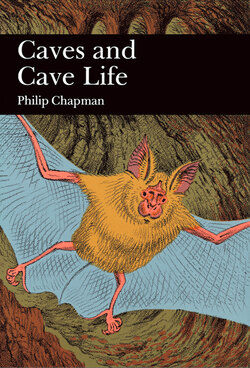Читать книгу Caves and Cave Life - Philip Chapman - Страница 8
ОглавлениеEditors’ Preface
To man, caves are the original shelters, sought since Palaeolithic times hundreds of thousands of years ago. To the adventurous amongst us, they are challenges to be explored, dark passages leading to unknown underground palaces and waterways, sometimes of amazing beauty. To the naturalists amongst us, they arouse our interest by their curious and unique life-forms, selected by the restrictive environments, and by their presence in areas of limestone country of outstanding beauty. Yet, as with other life, the plant and animal communities of caves form a cohesive and interacting collection of organisms, from bacteria to mammals, from lower to higher plants, depending on the varied local environments within the cave systems.
Here, then, is an ideal subject for the New Naturalist, taking into account not only the living natural history of caves, but also their origin, habitat characteristics, and what they tell us of past times. Indeed, as well as their living content of caves, the sediments within them are often the graveyard of past denizens of caves, such as the hyaena, as well as the prey of cave carnivores; and, of course, these sediments reveal past habitation by man through the present of bones and tools. So we have a fourth dimension of time to add to the natural history of caves.
It may be thought that cave communities would be one of the few remaining natural ecosystems surviving in the British Isles, protected by difficulty of access. As with other living communities more apparent and better known to us, this is not the case; they are perhaps more fragile than above ground communities, more easily disturbed and affected by man’s activities. To the natural historian the subject of caves demands a broad multidisciplinary approach. Dr Chapman has extensive experience of the many aspects of cave natural history. He has been able to integrate this variety, dealing with the essential geological and geomorphological background, the historical theme, and the natural history of caves, so presenting the naturalist with an outstanding and cohesive account of a unique and extraordinary ecosystem of wide interest.
